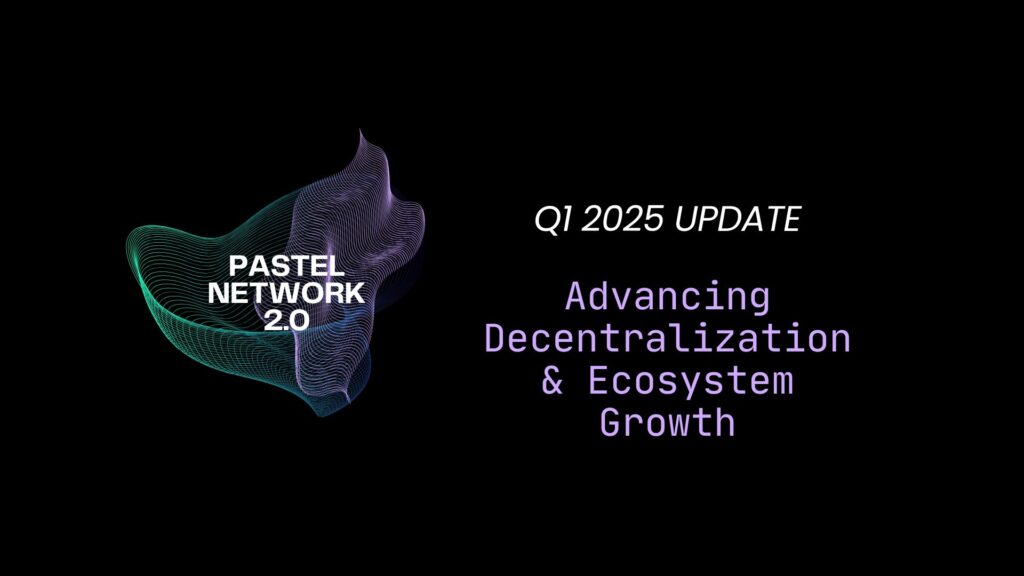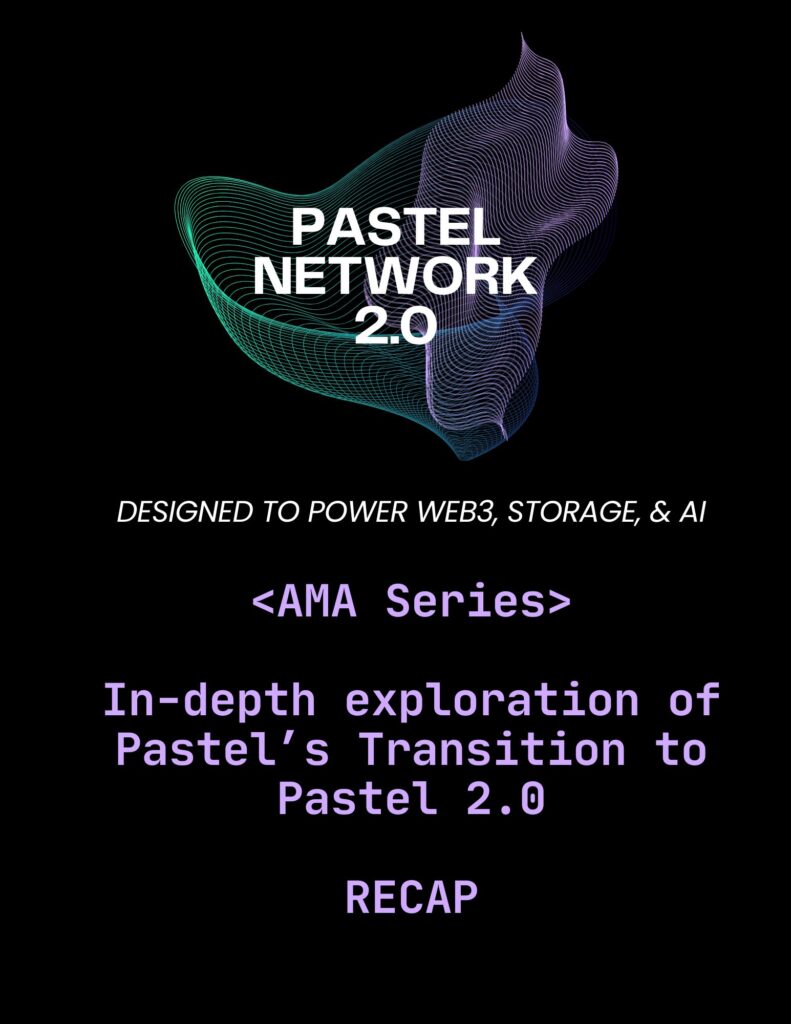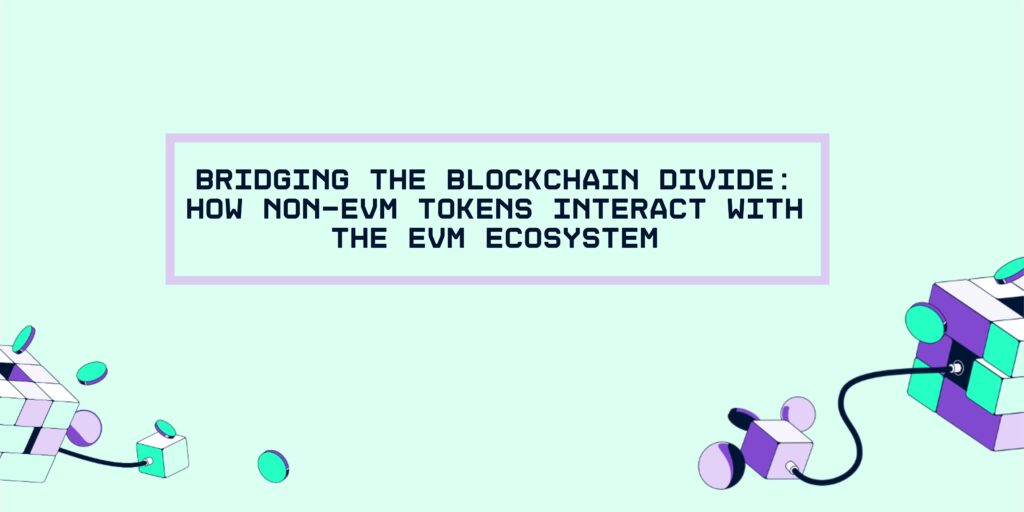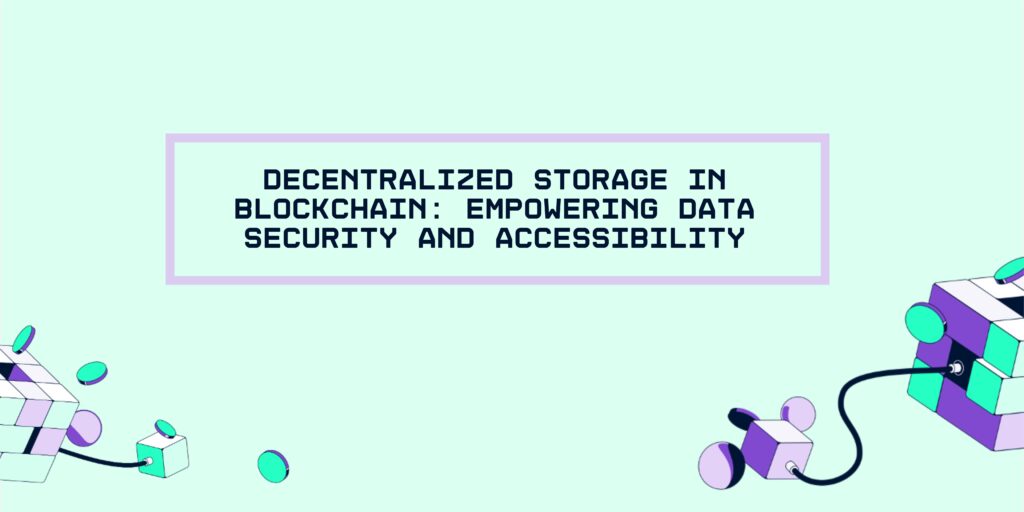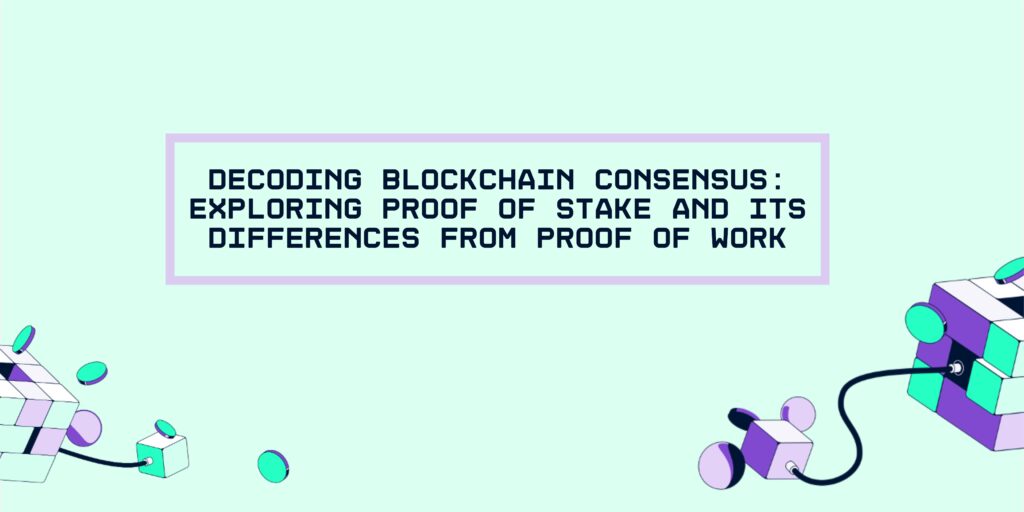Pastel is excited to announce its partnership with TomoChain — a layer 1 blockchain. TomoChain will be integrating Pastel’s Sense and Cascade protocol across its native NFT standard. This partnership signifies a massive step forward for the NFT ecosystem.
TomoChain has developed an NFT token standard — TRC721 — on the TomoChain network, expanding the possibilities for NFT platforms. One of these platforms built on the TomoChain blockchain is Pantograph, which allows users to digitize audio, video, and still images into NFTs, create NFTs without coding, buy, sell and auction NFTs, create communities on the platform, trade NFTs, and manage NFT assets. Through TomoChain’s integration with Pastel, NFT platforms built on the former will be able to leverage Pastel’s Sense and Cascade protocols to provide native storage and the duplicate-detection verification system to their users.
“The partnership with Pastel Network is a welcoming one, as it aligns greatly with our development value at TomoChain. Not only that, this integration with Pastel Network will also provide a rich layer for users to have a deeper understanding of ownership, value, and scarcity, especially within the NFT Space,†said Long Vuong, Founder and CEO of TomoChain. “We are excited to see this collaborative effort take off in the near future.â€
Across the industry, digital asset security and reliability have become the primary issues plaguing organizations. Scams and frauds are rampant while centralized storage is showing their weaknesses and vulnerabilities. All layer 1 Blockchains and layer 2 Dapps are experiencing these road blocks and are on the search for solutions. Pastel provides them.
With Pastel’s Sense and Cascade protocols, organizations have the ability to prove authentication and certify the rareness of NFTs while having access to permanent and reliable storage.
“TomoChain provides robust NFT infrastructure, encouraging developers to take advantage of their versatility and adaptability†said Anthony Georgiades, Co-Founder of Pastel. “Pastel is eager to collaborate with TomoChain to provide all NFT projects housed in the ecosystem to take advantage of our unique protocols, crucial to the long term sustainability and success of the NFT space.â€
Sense is a lightweight protocol on the Pastel Network, built to assess the relative rareness of a given NFT against near-duplicate data. Sense can recognize even the most subtle similarities between two digital collectibles, even if one has been transformed. The protocol goes beyond the standard “digital fingerprint†approach to establishing the rareness of an NFT, and actually looks at the rareness of the pixel patterns in data. While digital fingerprints do allow users to verify that an NFT was created by a particular creator, this is a fairly weak form of rareness. Sense solves this problem by assigning a ‘Relative Rareness Score’ to quantify how rare an NFT is relative to all NFTs in the underlying dataset.
Sense leverages a number of deep learning models using Tensorflow with Keras Applications to transform each NFT into a fixed list of over 10,000 numbers (the ‘NFT fingerprint vector’). It then assesses the correlation between a given fingerprint and the database of all existing fingerprints on Pastel and TomoChain’s platform, other NFT marketplaces (e.g., Rarible, OpenSea), and open databases on the entire internet (e.g., Google) and outputs a relative rareness score — a number between 0% (i.e., the NFT is identical to a previously registered NFT) to 100% (i.e., the NFT is completely unique). Sense “sees through†superficial changes in the same way as a human eye, and, like a human, can recognize even the most subtle change in an NFT.
Cascade, on the other hand, is a distributed storage protocol purpose-built for NFT metadata in a fully redundant, decentralized, and permanent manner. Pastel is the first NFT platform to have its own completely integrated, decentralized storage layer based on the advanced technologies of RaptorQ and Kademlia.
By leveraging the RaptorQ fountain code algorithm, Cascade begins by breaking each asset into a series of redundant chunks. Every chunk contains certain random fragments of the combined file which is distributed redundantly across participating SuperNodes running on the network. Two parameters control how the data is encoded into chunks: 1) size of each chunk and 2) desired redundancy factor. The sets of chunks are then randomly distributed across network nodes using Kademlia. No complex or centralized system for deciding which node is responsible for which chunk, no iteration through SuperNodes to find one with the relevant chunk, and no complicated logic for handling chunk re-allocation when SuperNodes enter and leave the network.
These first-of-their-kind protocols combat the most challenging of issues that every organization and individual is experiencing across the NFT ecosystem. TomoChain clearly saw the need for next-generation solutions to help support its network and platforms. This partnership with TomoChain is a prime showcase for what Pastel can offer to the entire space.
About TomoChain
TomoChain is a scalable blockchain-powered via Proof-of-Stake voting consensus and used commercially by companies globally.
TomoChain’s mission is to accelerate the onboarding of millions of users by empowering today’s applications with technology that masks the friction of Blockchain, all while retaining its underlying benefits.
About Pastel Network
Pastel is the world’s preeminent protocol standard for NFT technology. Pastel also allows for the development of third-party applications to sit on top of its Network, enabling developers to enjoy the scalable registration features, storage processes, and security of the broader ecosystem. Lightweight protocols such as Sense — which was built to assess the relative rareness of a given NFT against near-duplicate metadata — and Cascade — which conducts permanent, distributed storage of underlying NFT data — can be integrated across any native L1 blockchains or L2 marketplaces.
Pastel is an entirely native blockchain supported by SuperNodes, which provides computational resources to the network to support asset registration, distribution, and permanent storage. Pastel is managed by world-class developers, cryptographers, and technologists, supported alongside an experienced and extensive network of marketers, influencers, and third-party agencies. Pastel is backed by key stakeholders including Innovating Capital, a prominent venture fund.
Originally Published on Pastel Network’s Medium.

